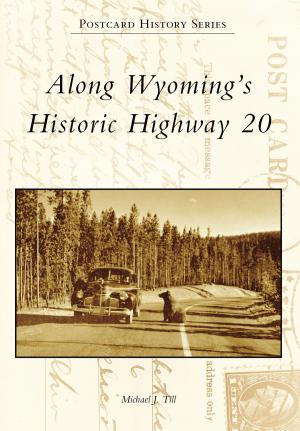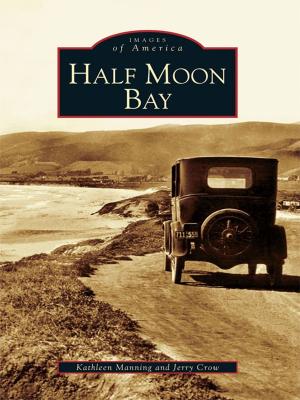| Author: | Max A. Clampitt | ISBN: | 9781439620632 |
| Publisher: | Arcadia Publishing Inc. | Publication: | December 8, 2008 |
| Imprint: | Arcadia Publishing | Language: | English |
| Author: | Max A. Clampitt |
| ISBN: | 9781439620632 |
| Publisher: | Arcadia Publishing Inc. |
| Publication: | December 8, 2008 |
| Imprint: | Arcadia Publishing |
| Language: | English |
When Lea County was created in 1917 from Eddy and Chaves Counties in the far southeastern corner of New Mexico, it was virtually a blank canvas for new settlers, with few roads, towns, or amenities. At that time, the area was little more than vast pasture lands for cattle, though a handful of hardy folk had already established homesteads in the region. But on June 13, 1928, that all changed when oil was discovered, and almost overnight, an influx of new settlers arrived, and development began in earnest. Oil wells were drilled on ranchers� property, and saloons, stores, and hotels sprang up, especially in the city of Hobbs. The oil boom drove the early economy of Hobbs and Lea County and of southeastern New Mexico, but through boom and bust, the community has endured, and today more than 50,000 residents call it home.
When Lea County was created in 1917 from Eddy and Chaves Counties in the far southeastern corner of New Mexico, it was virtually a blank canvas for new settlers, with few roads, towns, or amenities. At that time, the area was little more than vast pasture lands for cattle, though a handful of hardy folk had already established homesteads in the region. But on June 13, 1928, that all changed when oil was discovered, and almost overnight, an influx of new settlers arrived, and development began in earnest. Oil wells were drilled on ranchers� property, and saloons, stores, and hotels sprang up, especially in the city of Hobbs. The oil boom drove the early economy of Hobbs and Lea County and of southeastern New Mexico, but through boom and bust, the community has endured, and today more than 50,000 residents call it home.















